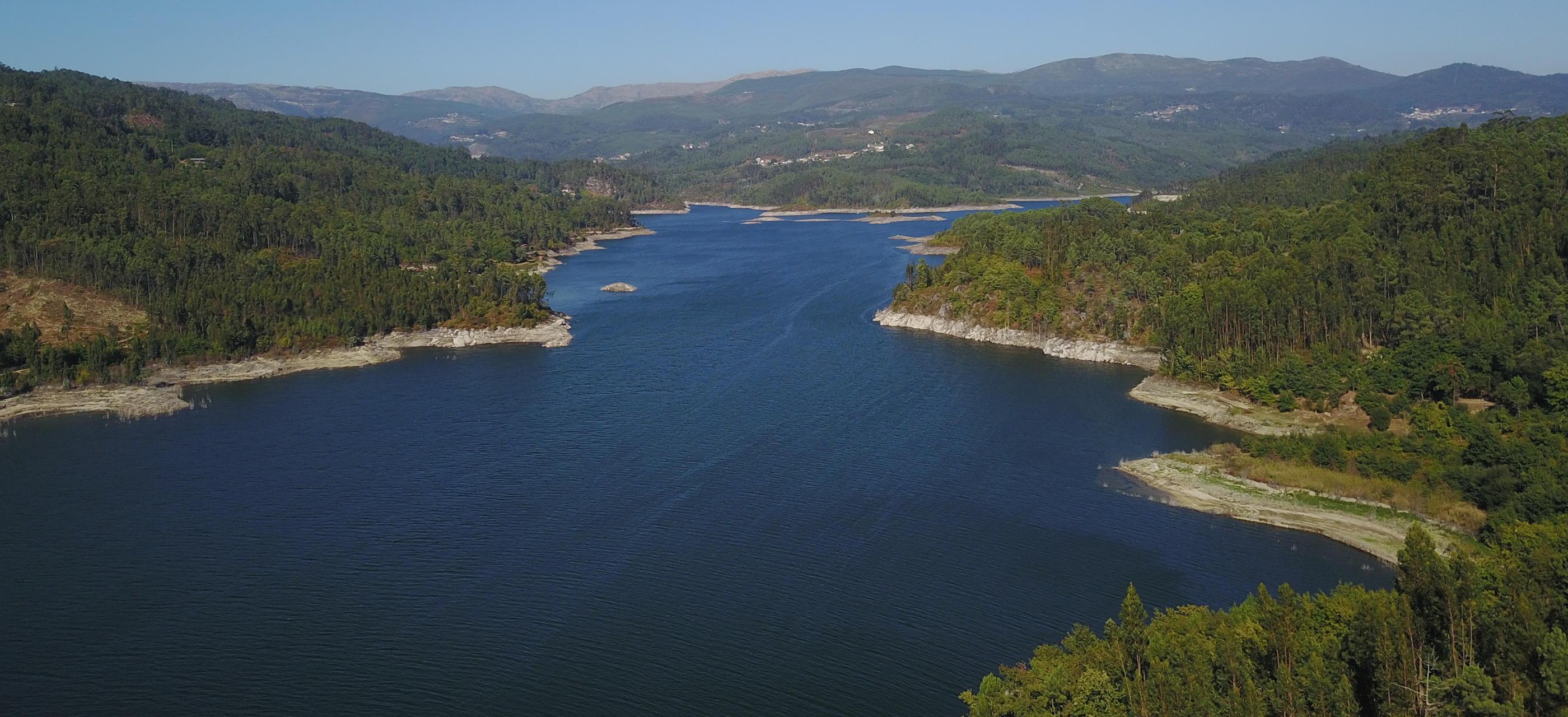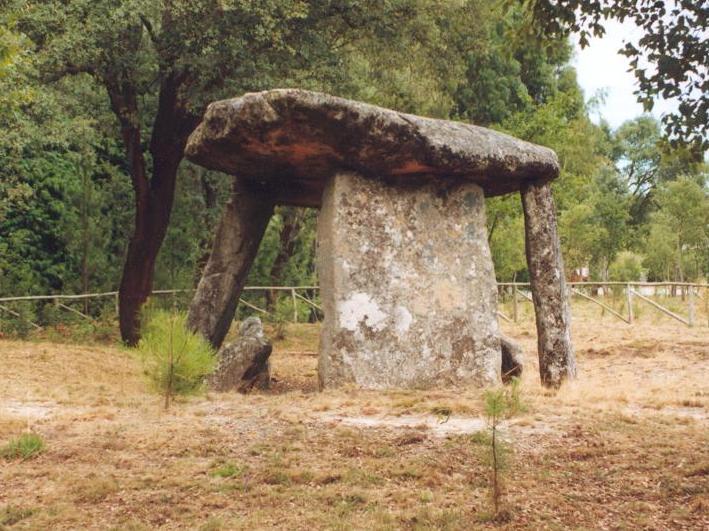Oliveira de Frades is a land with a vast and rich historical past, which from an early age desired its autonomy as a municipality. ladário, gralheira, the Rivers Vouga, Alfusqueiro and Teixeira define the physical contours of the municipality.
The Vouga River, which rises in the Serra da Lapa is the main watercourse that runs through the municipality, crossing the territory of several parishes. At the top of the mountains are several viewpoints and, at the bottom of the valleys, there are mountain villages, dark houses and narrow streets. The harsh climate, which is conferred on it by the altitude, and the sublime rusticity of granite shape its landscape.
There are also characteristic features related to the activities of the primary sector, such as agriculture, livestock and forestry, which constituted the basis of the subsistence of the people of the municipality. Also a testament to this experience and rural economy are the granals and mills that exist and embellish the municipality.

Throughout the county proliferate archaeological remains of a distant past, with a huge expression with regard to megalylitism, proof that over thousands of years have passed here and have settled different peoples, leaving testimonies of a prolonged permanence that contributed to the humanization of the landscape. the Dolmen of Arca and the Dolmen of Antelas are of particular importance. The latter, for the red and black paintings over 5,000 years old that it boasts on the surface, and make it a "very valuable jewel of European rock painting".
From the Metal Age, traces of castros and defensive fortifications abound, such as the Walled Várzea. Contemporary of the Castreja era, we can find engravings and rock incultures - signs engraved on granite slabs, of which stand out the Stone of painted horseshoes, which the local population interpreted as being the "feet of all the animals that were in another time" (or the slab where the "Moors brought gold to the sun"); the Stone of Cantinhos, where, according to the people, windmills and agricultural tools are represented, such as shovels, hoes and gadanhas; and the Moorish Trace, where you can observe human footprints and some dimples or fossetes, which according to popular belief, are traces left by the "iron cock" of the Moors.
Even from this time, we can also find rock graves excavated in the rock.
On the Roman road, also known as "old road" or " fish road", for centuries they crossed lunches, which provided fish to the populations of the mountains, and pilgrims on their way to Santiago de Compostela, who in the Albergaria de Reigoso found the welcome and comfort necessary for their rest. Thiss well-preserved sections of Roman sidewalk were part of the route of the road connecting Viseu to Águeda.

Also the architectural heritage is rich, being spread throughout the county, solar and palatial houses. Brazilian houses and houses of rural beirã reflect diverse influences that marked different times.
Scattered throughout the municipality are several buildings and monuments of religious nature, such as churches, chapels, cruises, funeral stinters and alminhas. Of all the religious buildings, it is of special importance to the Church of Souto de Lafões, for the Romanesque remains of the exterior and for the artistic richness of the gilded carvings, paintings and medieval frescoes. Religious festivals and pilgrimages are still today a reflection of the religiosity of local populations, and are also an attraction for people from all over the country.
But Oliveira de Frades is not only monuments and landscape, The municipality also brings together natural conditions for the practice of various mountain and water sports, such as mountain biking, rappel, climbing, fishing, canoeing or hiking that can be done along the various trails, through which you can appreciate the local fauna and flora. There is no shortage of modern sports and cultural structures, such as the Municipal Sports Complex, where the Municipal Swimming Pools, the Sports Park with the tennis courts and the football courts and the Municipal Sports Pavilion are concentrated.
The handicrafts, a form of expression of popular culture, which is gradually disappearing, continues to survive thanks to the persistence of some artisans, who keep alive their crafts, such as those of latoeiro, flower bed, carpenter or the manufacture/confection of sieves and sieves, of burel capuchas, among others.
Source: Oliveira de Frades Town Hall